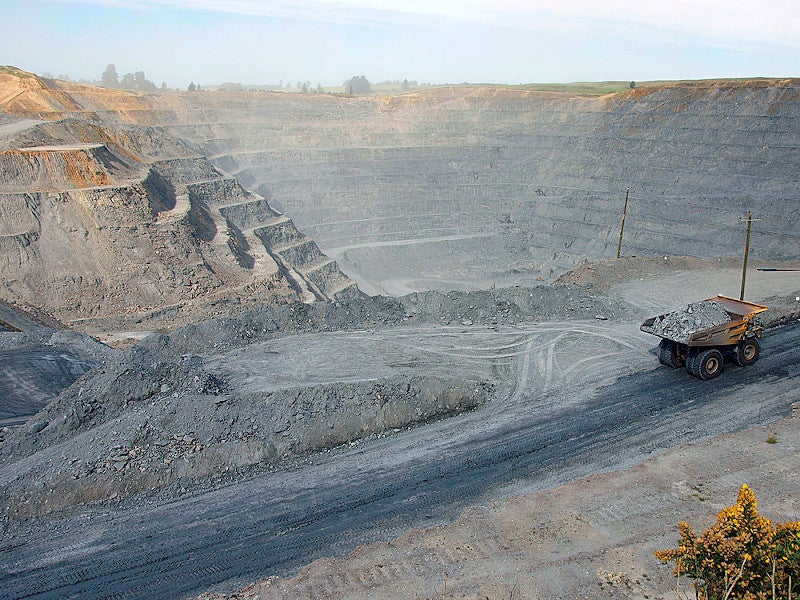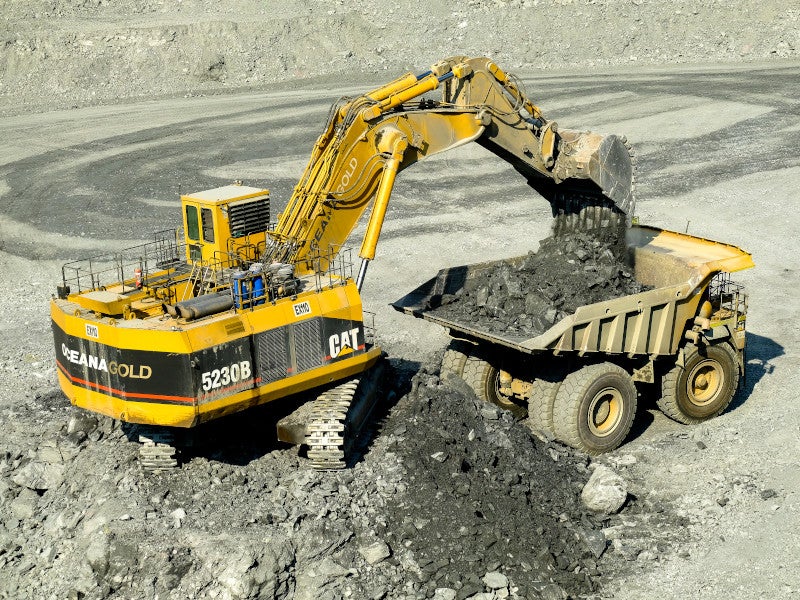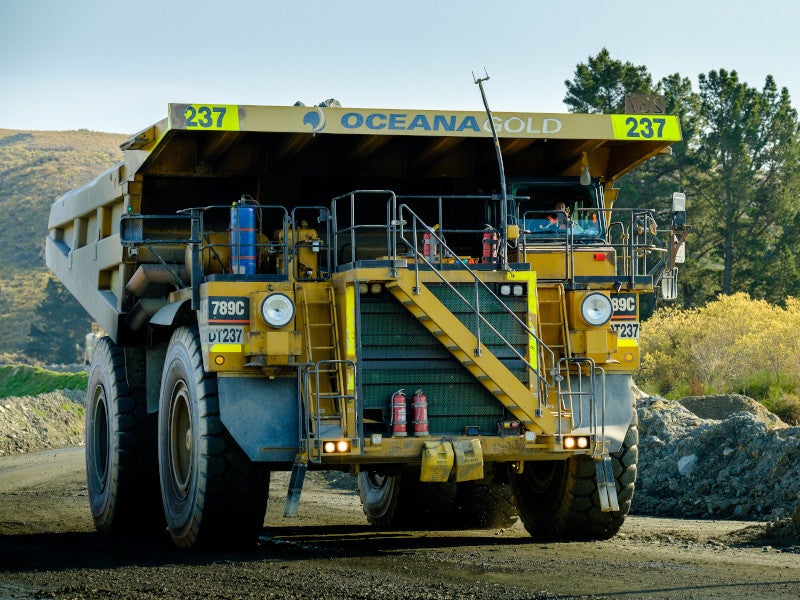Macraes is an open pit and underground gold mine located on the South Island of New Zealand. It is the largest gold-producing operation in the country.
The mine began production in 1990 and has produced more than five million ounces of gold to date. It is presently owned and operated by OceanaGold.
The current operations at the mine include gold production from the Coronation and Frasers open pits along with the Frasers underground mine, which was commissioned in January 2008.
The mining operations at Macraes are expected to continue at least beyond 2021. OceanaGold is continuing its efforts to extend the expected mine life through drilling activities across multiple targets for exploration and further mine planning.
In October 2019, the company made significant high-grade gold intercepts through drilling at the Golden Point exploration target within the mine. An underground study is anticipated to be completed in the second half of 2020.
Macraes has 550 full-time employees and is among the largest employers in the region.
Location of Macraes gold mine
Macraes gold mine is situated 2km east of Macraes township in the Waitaki District of Otago New Zealand.
The mine site extends across 15,705ha and includes surface operation of 55 million tonnes per annum (Mtpa), underground mine of 1Mtpa, and a processing plant.
Spanning across an area of 26,685ha, the company’s mining and exploration permits at the Macraes field include 35km of strike along the Hyde-Macraes shear zone.
Geology and mineralisation of Macraes mine
Macraes is situated in the Hyde-Macraes shear zone, which is an altered, deformed and mineralised schist, termed Intrashear Schist, with varied thickness of up to 150m. The thickest part of the low-angle late metamorphic (Jurassic) shear zone measures up to 25m in thickness and features numerous mineralised zones stacked on one metre-thick shears.
The Hangingwall shear on which the Macraes deposits are centred comprises fine grained graphite and sheared sulphide minerals. The ore body dips at an angle of 15°-20°. The gold predominantly occurs as micoblebs within pyrite and arsenopyrite grains. The mineralisation types at Macraes include black sheared schist, stockworks, shear-parallel quartz veins, and mineralised schist.
Reserves at Macraes gold mine
As of 31 December 2019, the proven and probable reserves for Macraes stand at 1.1 million ounces (Moz) of gold, including 1Moz in the open pit and 0.06Moz of gold in the Frasers underground.
The measured and indicated resources are estimated to be 3.5Moz of gold, while the inferred resources are estimated to be 0.9Moz.
The mine produced 172,500oz of gold in 2019 and the total ore mined during the year was 6.45Mt.
Mining at Macraes gold mine
The mining at Macraes employs explosives to loosen the rock, which is followed by excavation by hydraulic diggers.
The retreat long hole open stoping method is used at the mine. It includes placing narrow pillars between adjacent stope voids. Production stoping is conducted on a second mineralised shear situated 10m-20m below and sub-parallel to the Hangingwall shear.
The mined ore is then hauled to the run of mine (ROM) pad by dump trucks to carry out the processing.
The mine operations involve a fleet of highly mechanised equipment such as electric / hydraulic powered drill rigs, tele-remote-controlled loaders, and 50t dump trucks.
The underground mining fleet includes six Sandvik drills, five Elphinstone boggers, a 1.5t Sandvik 151 narrow vein teleremote bogger, production drill, Volvo IT loader, Toro trucks, Charmec charge unit, Normet shotcrete unit, and a Jacon hiab truck. The open-pit fleet includes CAT 789D and 789C dump trucks, excavators, loaders and drills.
Processing details
The Macraes processing plant is located close to the open pits and has the capacity to treat approximately 6Mt of ore annually.
The processing plant includes crushing, grinding, flotation, fine grinding, pressure oxidation, and carbon in leach (CIL). The ore then undergoes elution and electrowinning to recover the metal before the gold is sent through the smelting process. The facility is equipped with fine grinding and flash flotation technologies, and includes an autoclave for pressure oxidation to process sulphide ore. The feed is finely ground as the size plays a key role in oxidation kinetics.
The refractory ore requires a complex multi-stage treatment path and is treated using an autoclave. The first stage of processing involves flotation and yields a recovery rate of 86%, while the second stage of pressure oxidation and CIL has a recovery of 95%. The overall recovery of gold stands at 81%-82%.
The process produces 92% pure doré bullion bars with each weighing 18kg-20kg and containing 600oz of gold.






